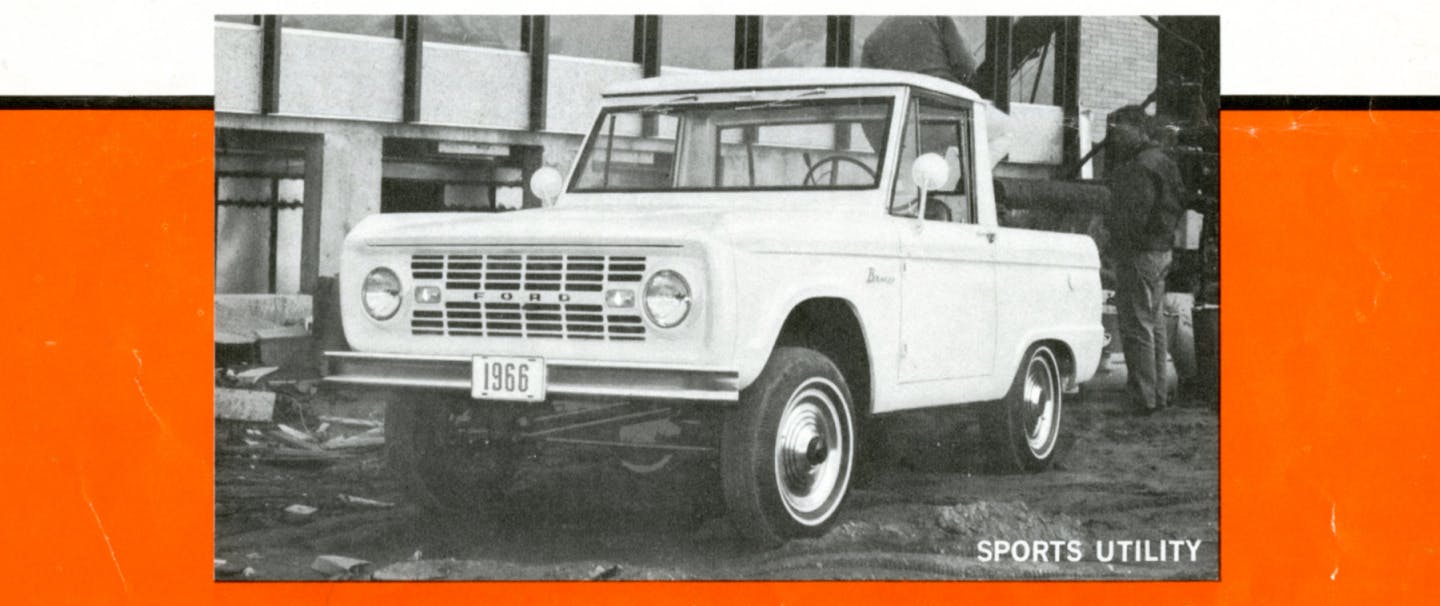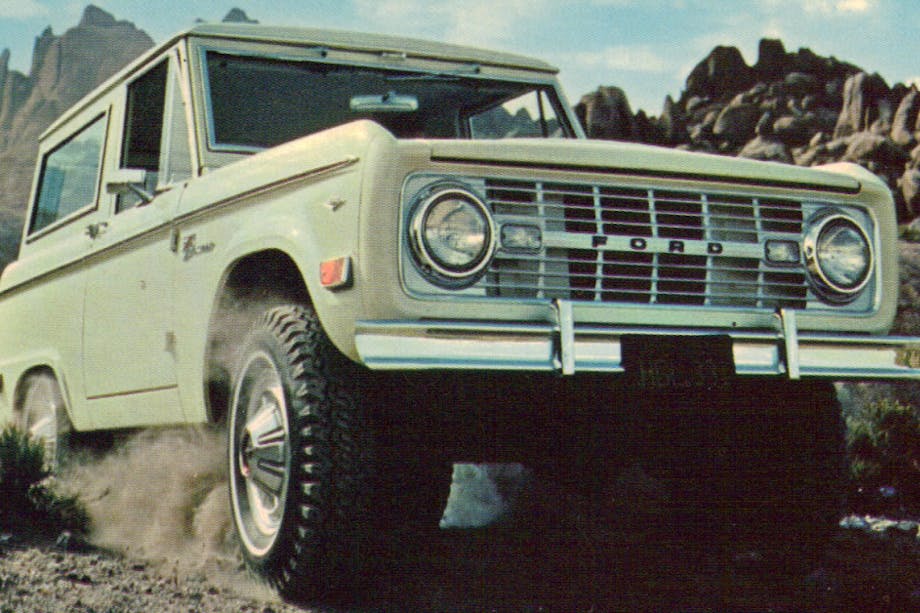Detroit earned its moniker “the Motor City” because it was the home base of the “Big Three” automobile manufacturing companies: Ford, Chrysler, and General Motors. The Ford Motor Co.—whose history traces back to the early days of cars when they were called “horseless carriages”—was noted for various innovations. Indeed, in 1913 Henry Ford helped develop the moving assembly line system that increased the efficiency of industrial mass production. Then in 1914, Ford led the way in fueling the Detroit-area’s economy by suddenly doubling the wages of many thousands of employees—autoworkers who eventually formed a new local middle class.
But unlike the Motown music factory across town, none of the Big Three would be particularly renowned for recruiting Black talent into important positions, which makes the saga of the Black designer McKinley Thompson, Jr. quite remarkable. His hiring by Ford occurred just as the civil rights movement began to make serious progress, and later the Detroit Free Press would be inspired to refer to Thompson as the “Jackie Robinson of car design.”

McKinley Thompson Jr., a Ford designer who helped pen the first-generation Bronco, was the first African American designer hired at Ford Motor Company after graduating from ArtCenter College of Design in Pasadena, California with a degree in transportation design in 1956. Photo provided by Ford Motor Company

Born in 1922 and raised in New York, “Mac” Thompson recalled that his fascination with cars came seemingly as a sort of divine revelation when, as a young boy, he spotted a stunning DeSoto Airflow on the street. “It just so happened that at that moment the clouds opened up for the sunshine to come through. It lit that car up like a searchlight. I was never so impressed with anything in all my life. I knew that’s what I wanted to do—I wanted to be an automobile designer.”
Thompson went on to serve in the U.S. military during WWII where he learned drafting and worked as an engineering layout coordinator. Then in 1953, Motor Trend magazine held a car-design contest titled “From Dream to Drawing Board to?” Thompson’s futuristic entry won the contest and his prize included a scholarship to the ArtCenter College of Design in California. In 1956 he graduated with a degree in transportation design and Ford promptly hired him to work in their advanced design studio where Thompson would be tasked with working on a light-duty truck project, on the sleek Thunderbird, on the legendary GT40 racer, and on early sketches of Ford’s Mustang sports coupe.

Thompson’s work impacted the design language that would become iconic attributes of the first-generation Bronco.
Introduced in 1964, the Mustang was the first of three Ford models that would carry names associated with horses. The effective and emotionally powerful image of magnificent wild stallions running free across the open range has been harnessed by savvy marketeers in their ongoing quest to sell products. Ford saddled up and rode that concept hard, also introducing, with varying degrees of success, the subcompact Pinto in 1970 and their sports-utility vehicle, the Bronco, in 1966. While the former ultimately flopped, the Bronco proved to be a dependable workhorse.
The Ford Bronco was intended to compete with two existing off-road vehicles, Chrysler’s CJ-5 Jeep and International Harvester’s Scout. Thompson began his conceptual sketches for the Bronco at least as early as July 1963. His proposed designs showed an open-air, two-door, short and square, 4×4 boxy rig with high ground clearance and wheels positioned at the extreme corners, offering a look of aggressive yet stable functionality. As the Bronco project progressed, other engineers took the lead while Thompson moved on to other design challenges. After a productive career with Ford, he retired in 1984 and passed away in 2006, but Thompson’s legacy lives on.
When Ford began planning for a revitalization of the Bronco, their team began to scour the archives for historical documentation of the model. To their great surprise, they unearthed Thompson’s original signed and dated Bronco sketches, which revealed his brilliant early influence on the model—an influence that had all but been forgotten in the mists of time. Ford trumpeted the fact that Thompson’s work impacted “the design language that would become iconic attributes of the first-generation Bronco.”
After Ford announced the discovery of those vintage drawings, another in-house designer hailed Thompson’s key role, saying in tribute: “McKinley was a man who followed his dreams and wound up making history. He not only broke through the color barrier in the world of automotive design, but he helped create some of the most iconic consumer products ever…designs that are not only timeless but have been studied by generations of designers.”






